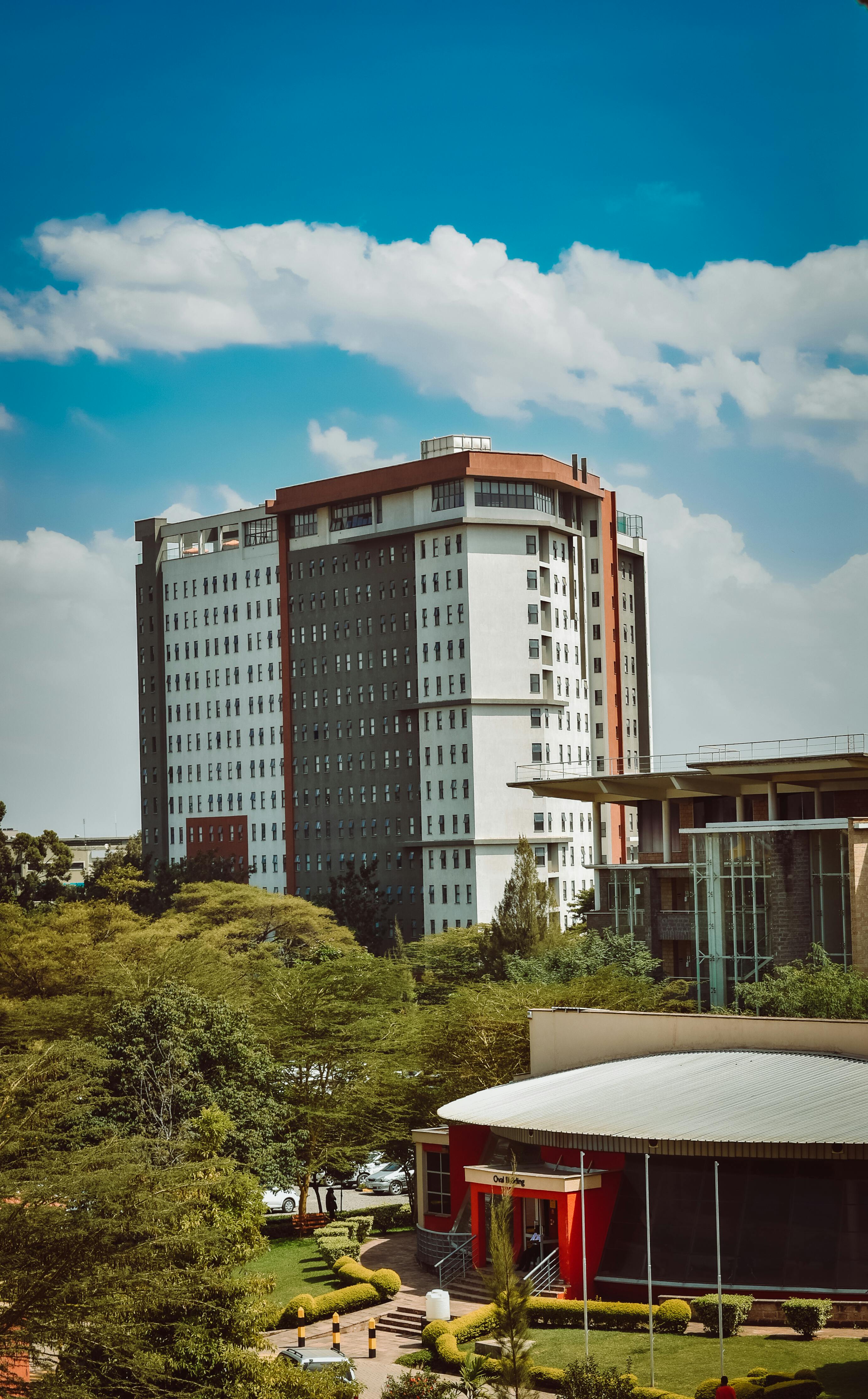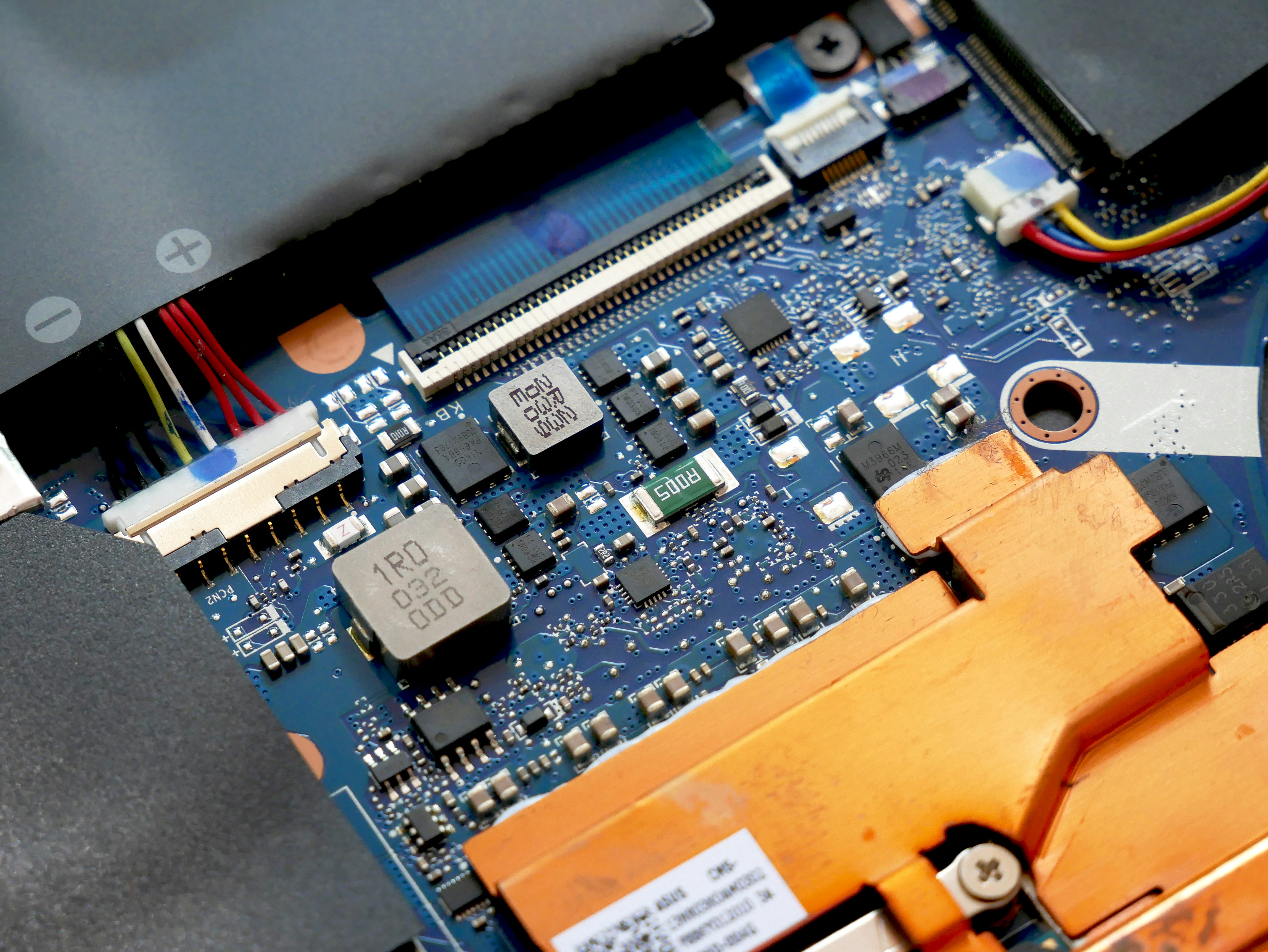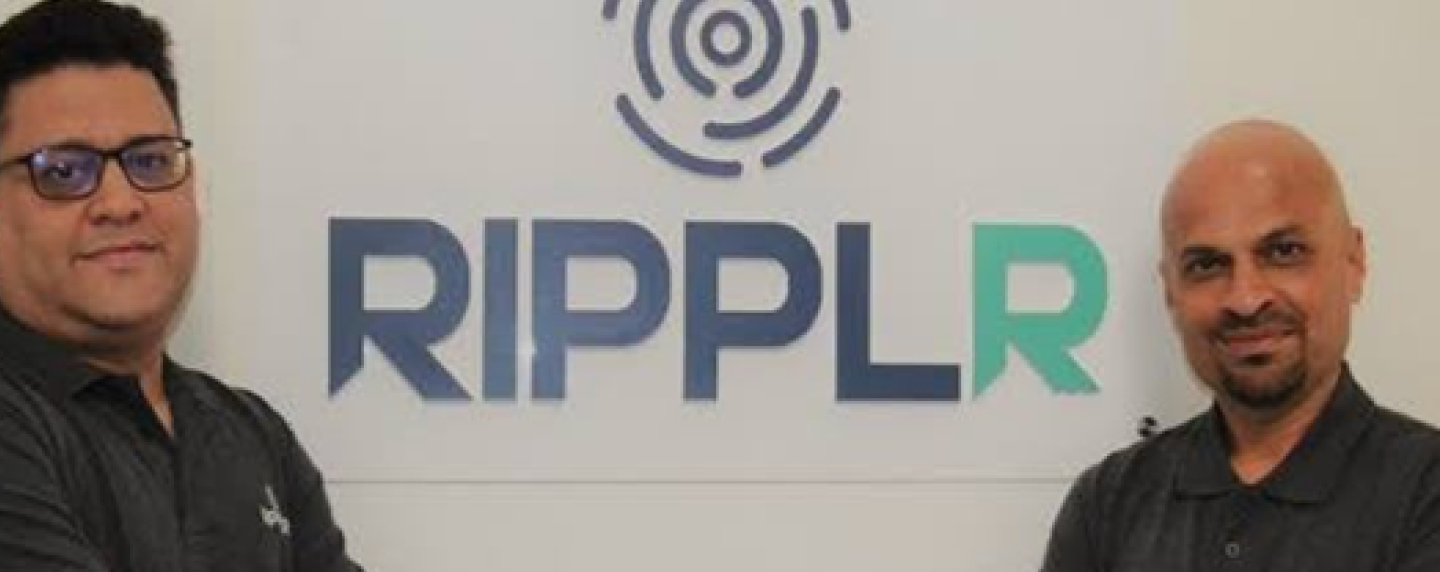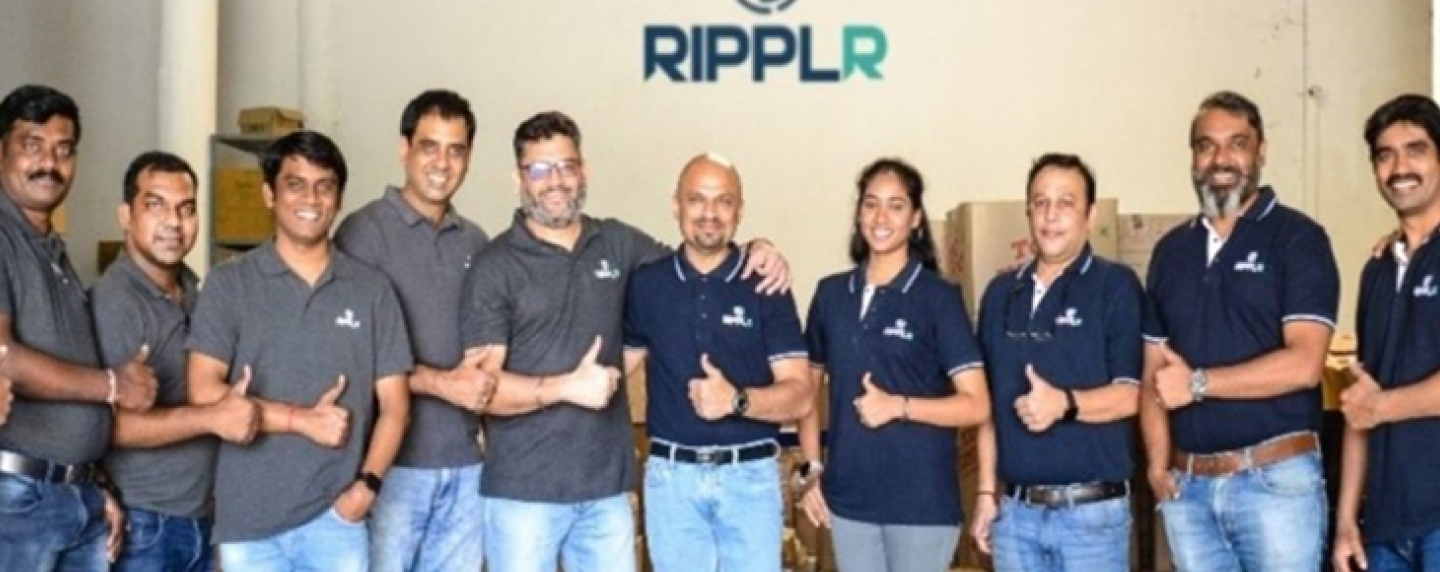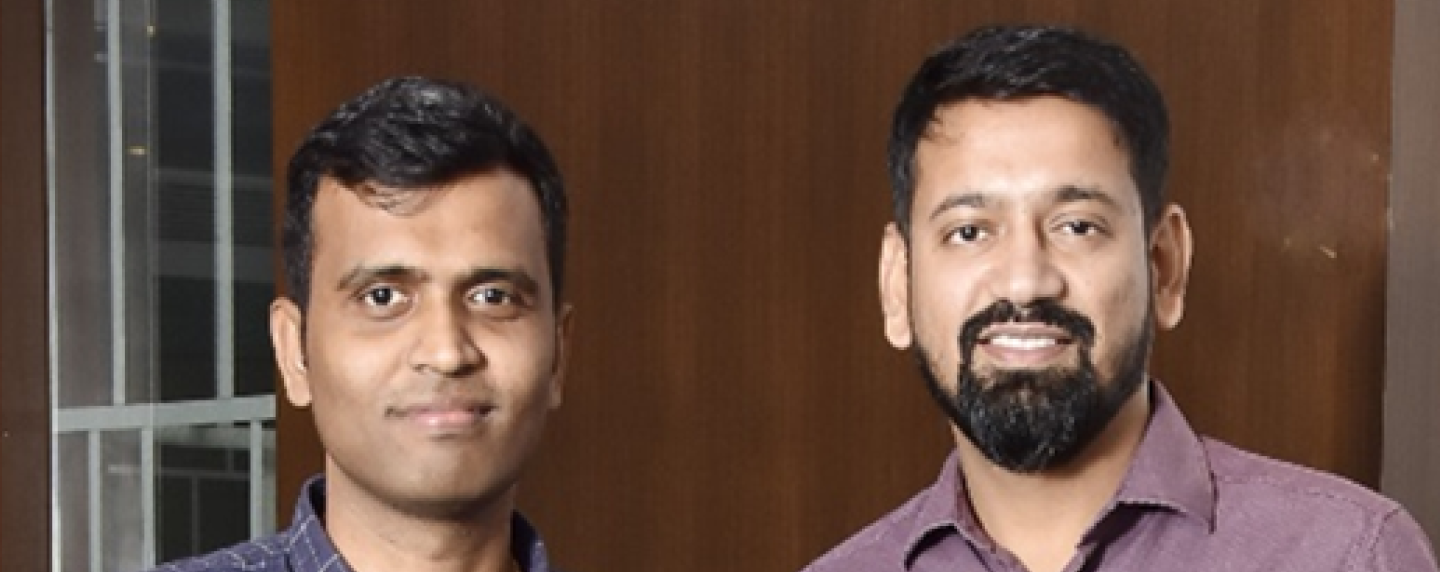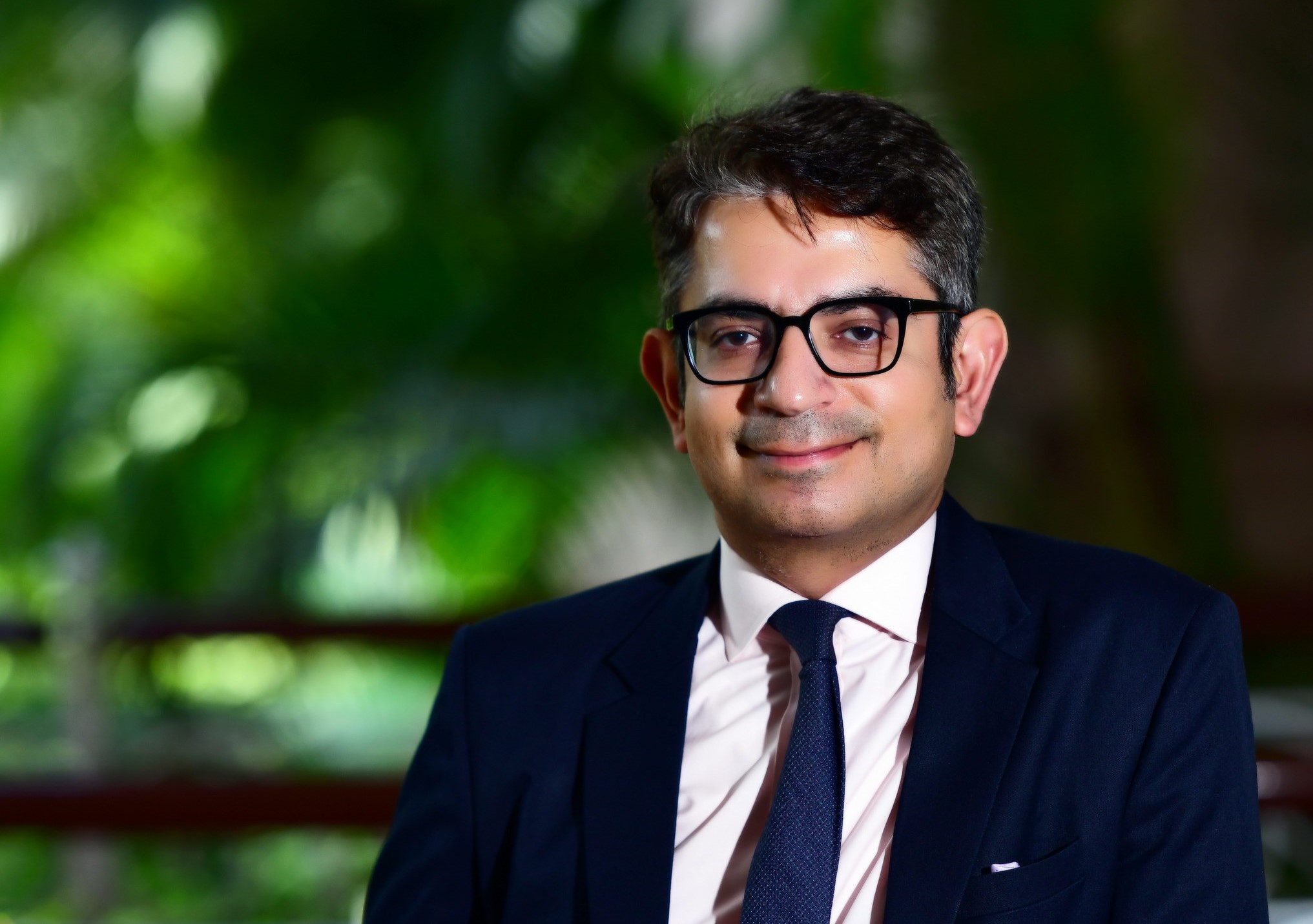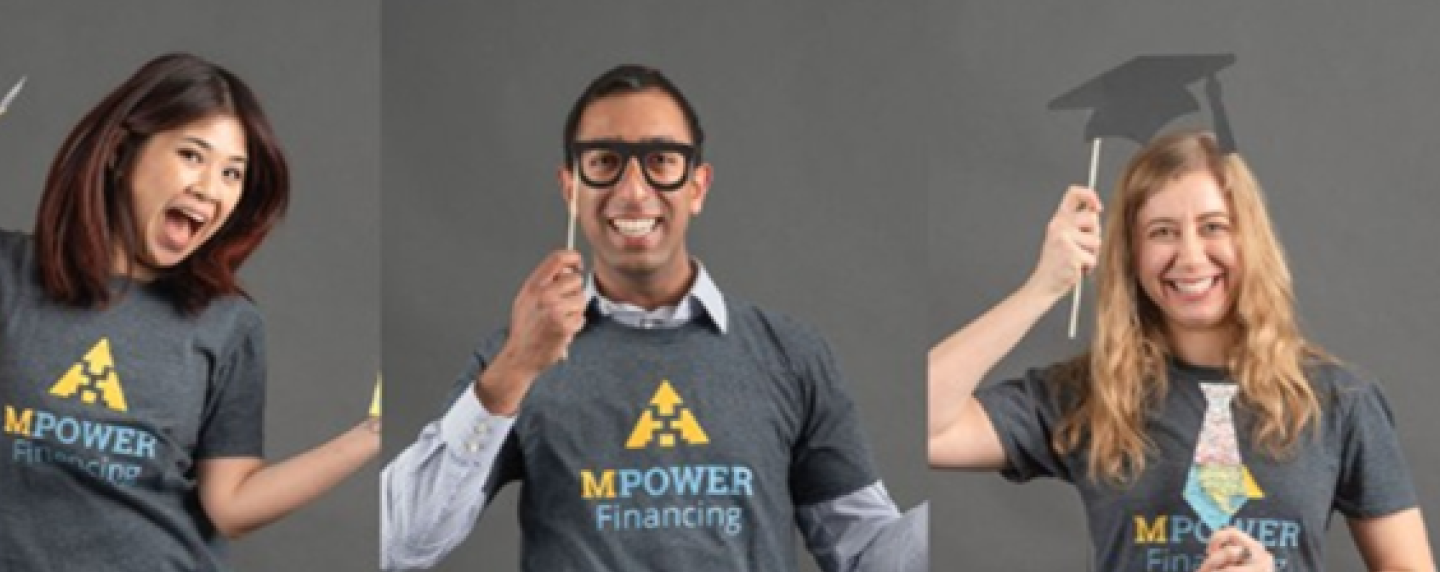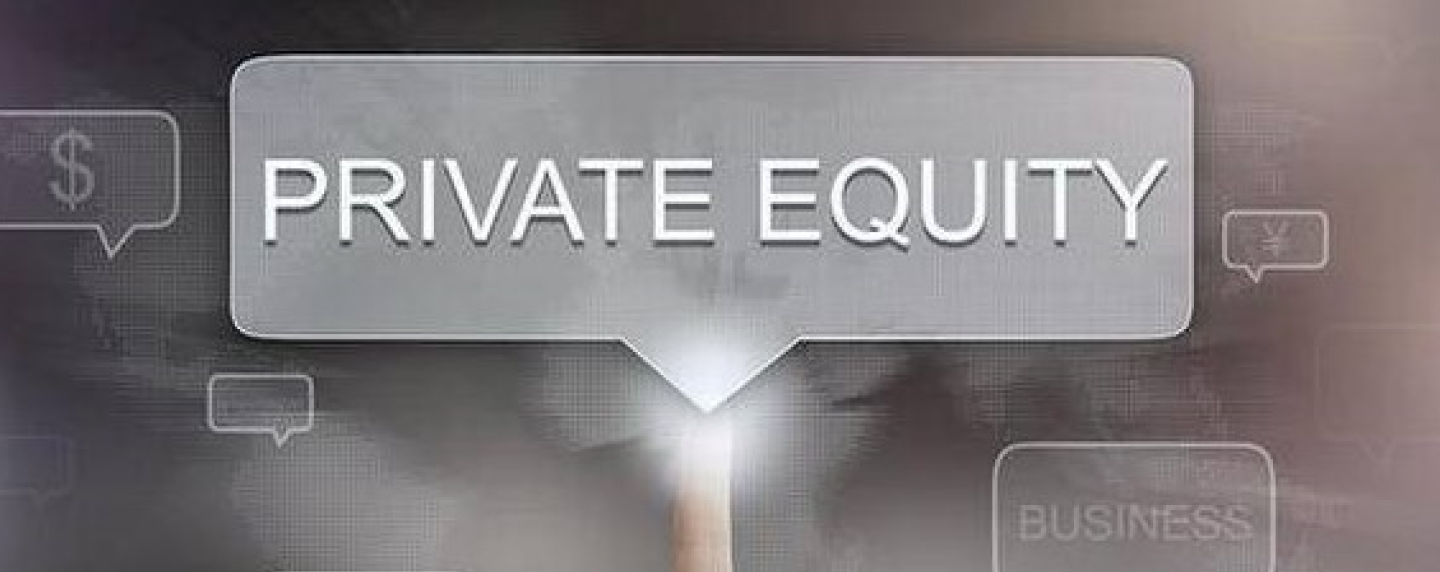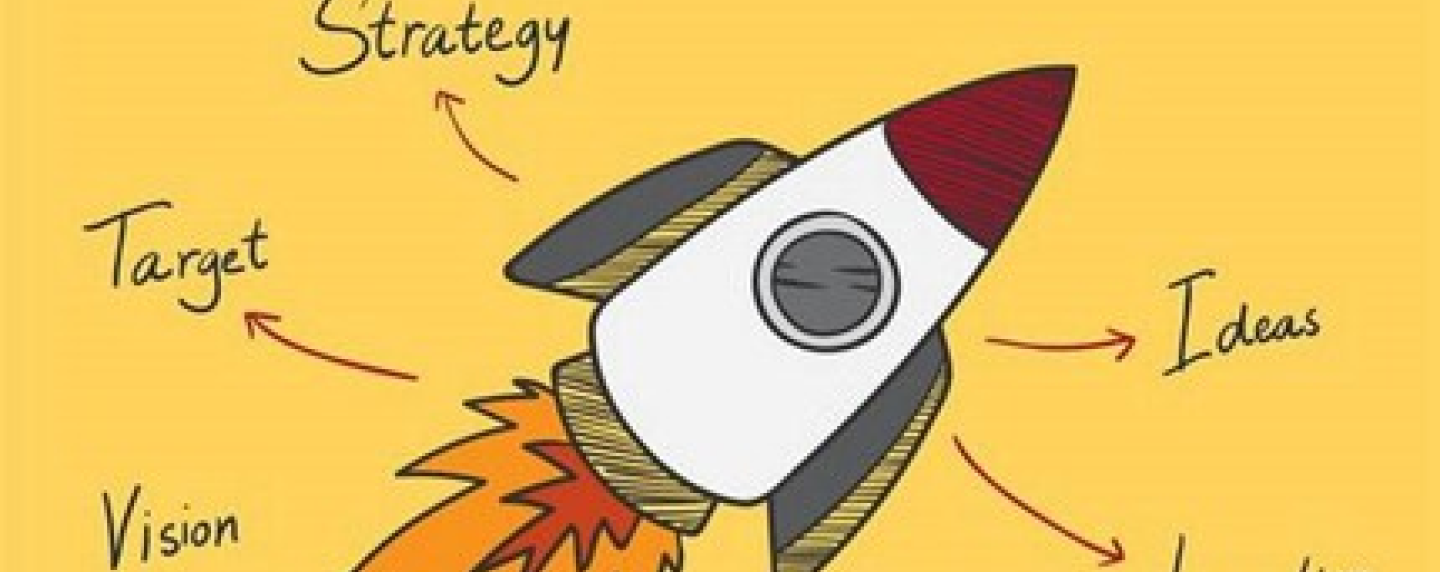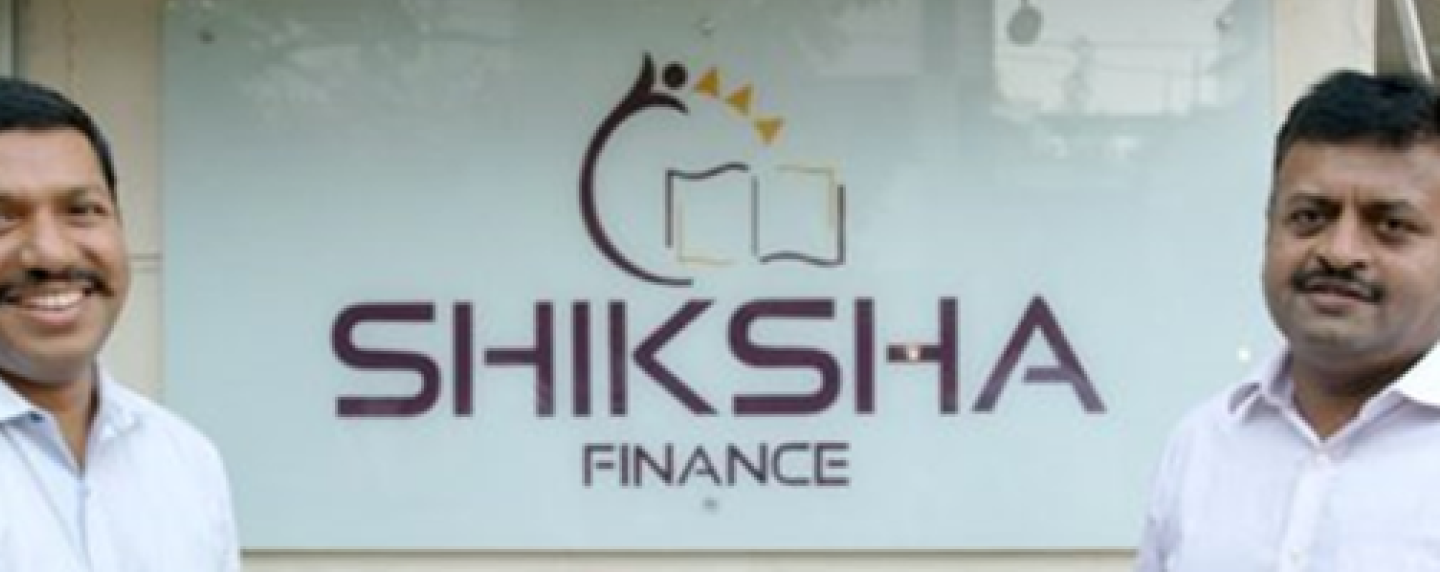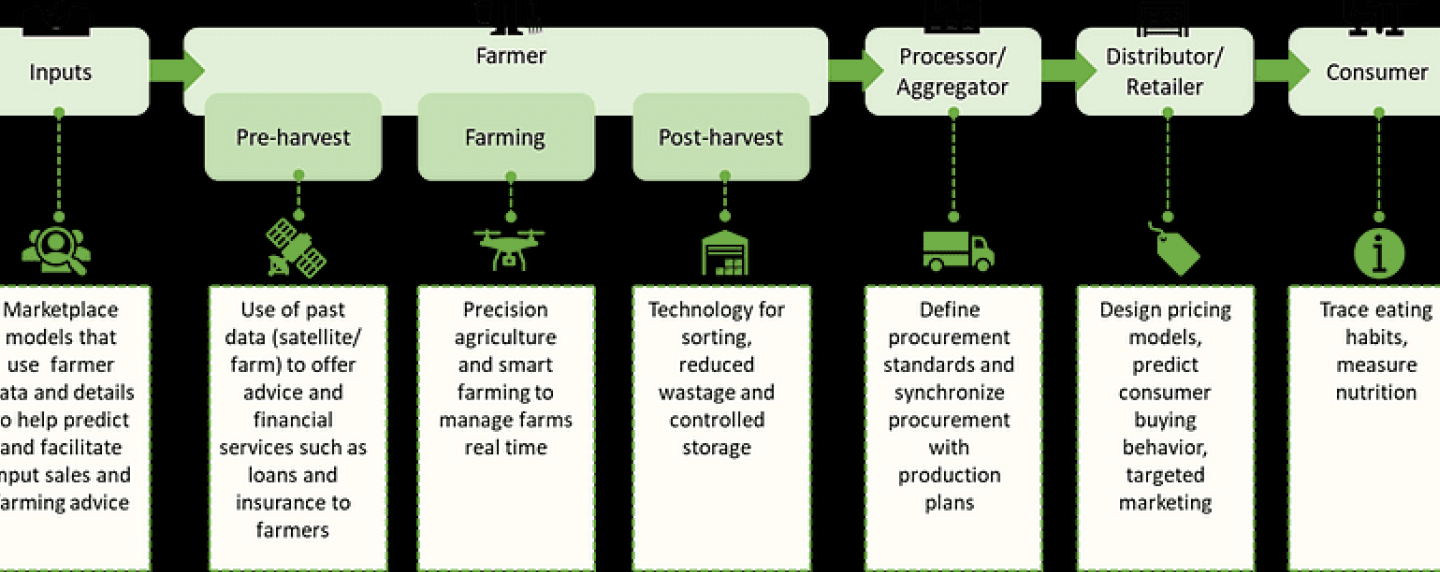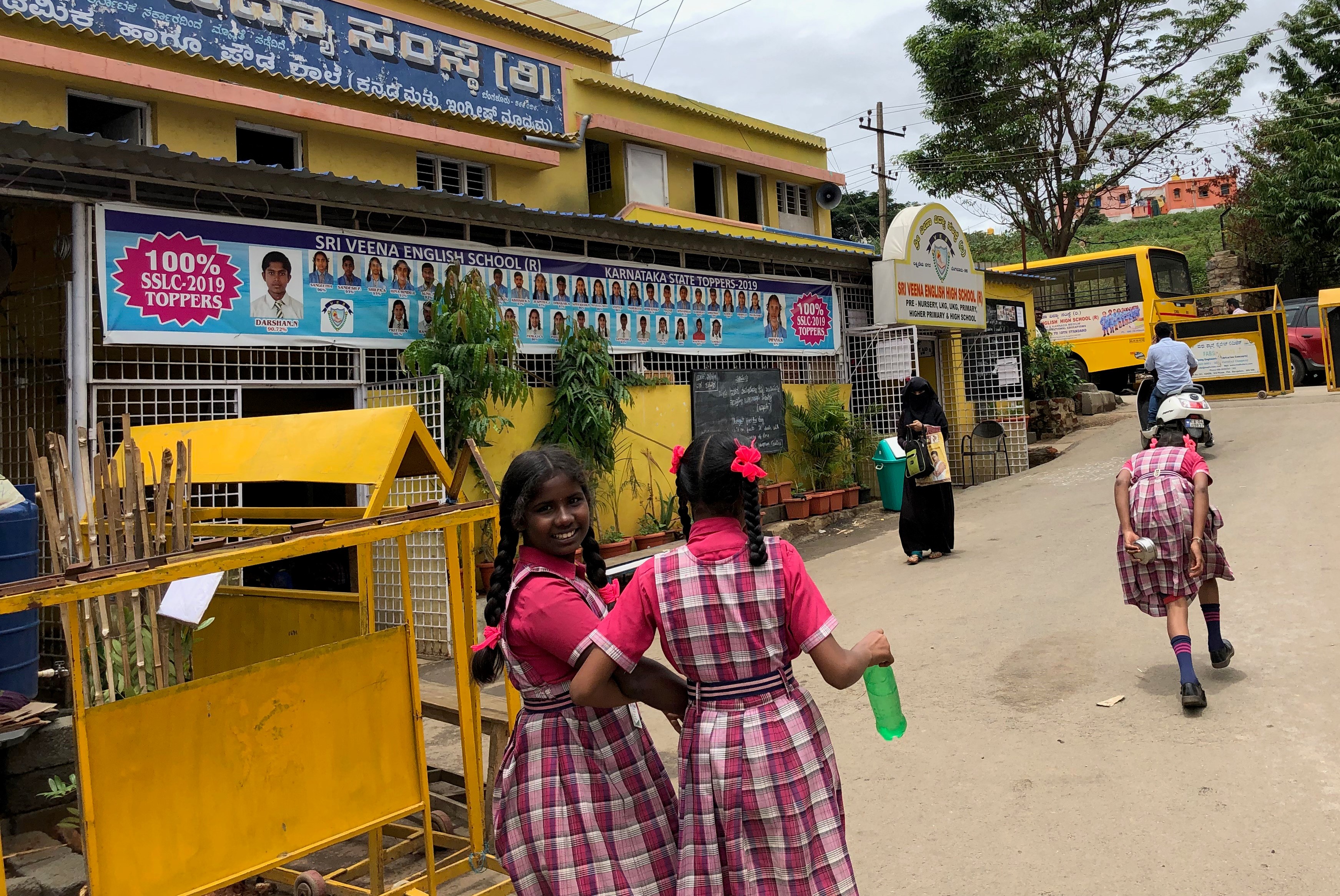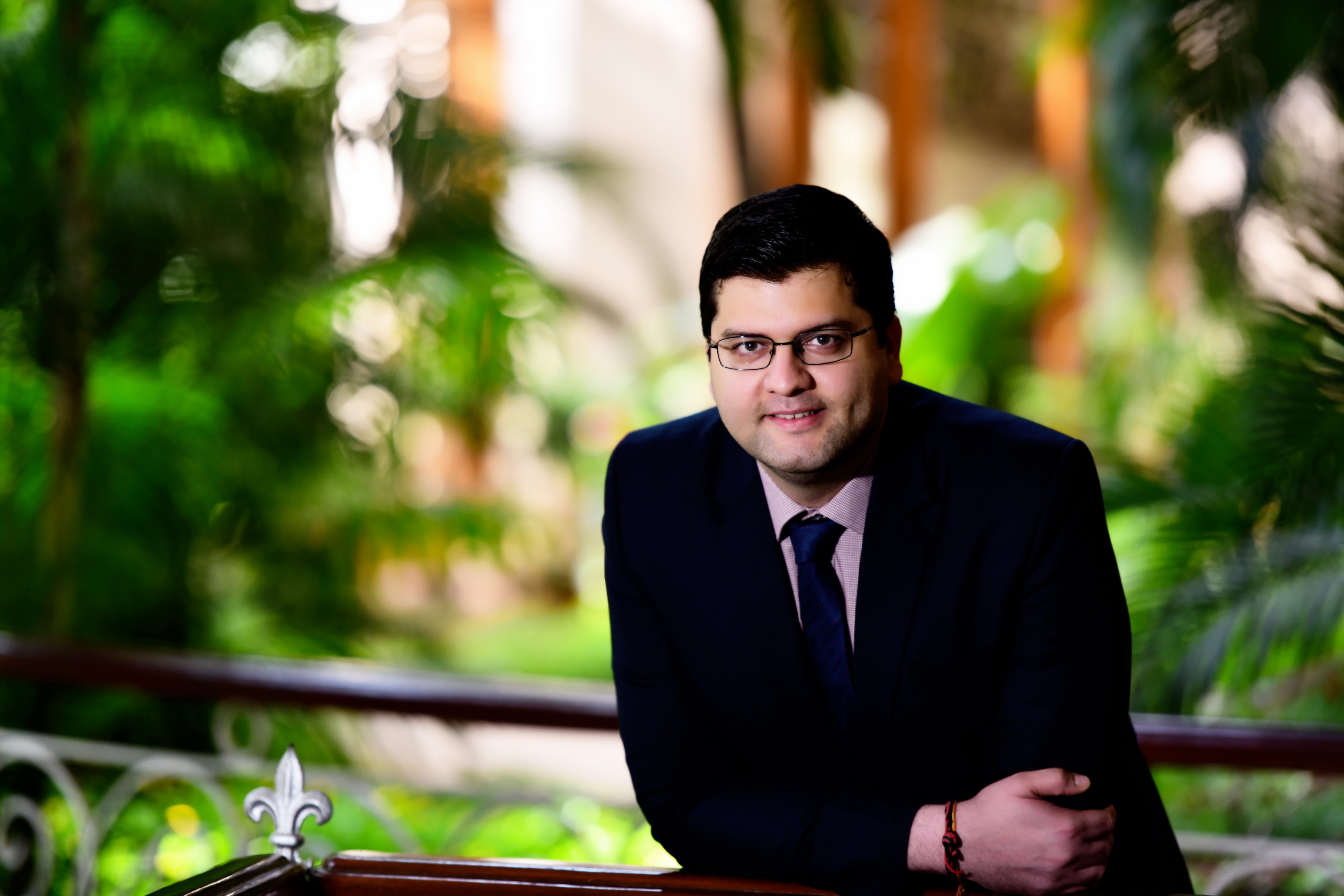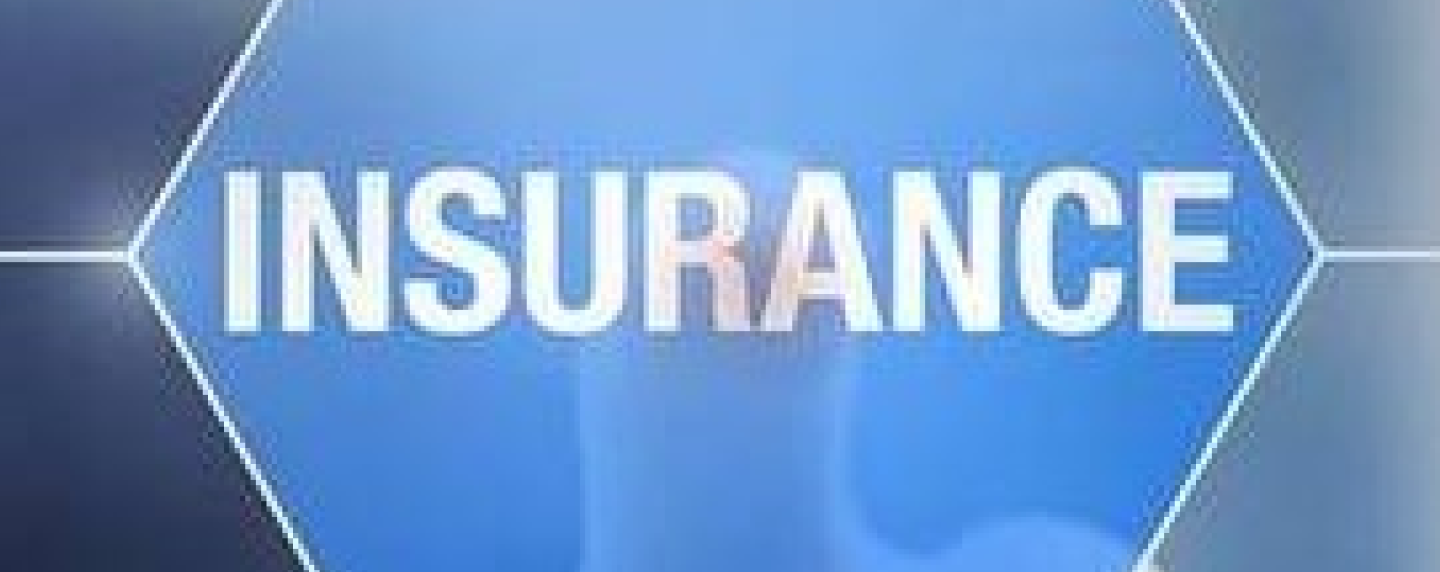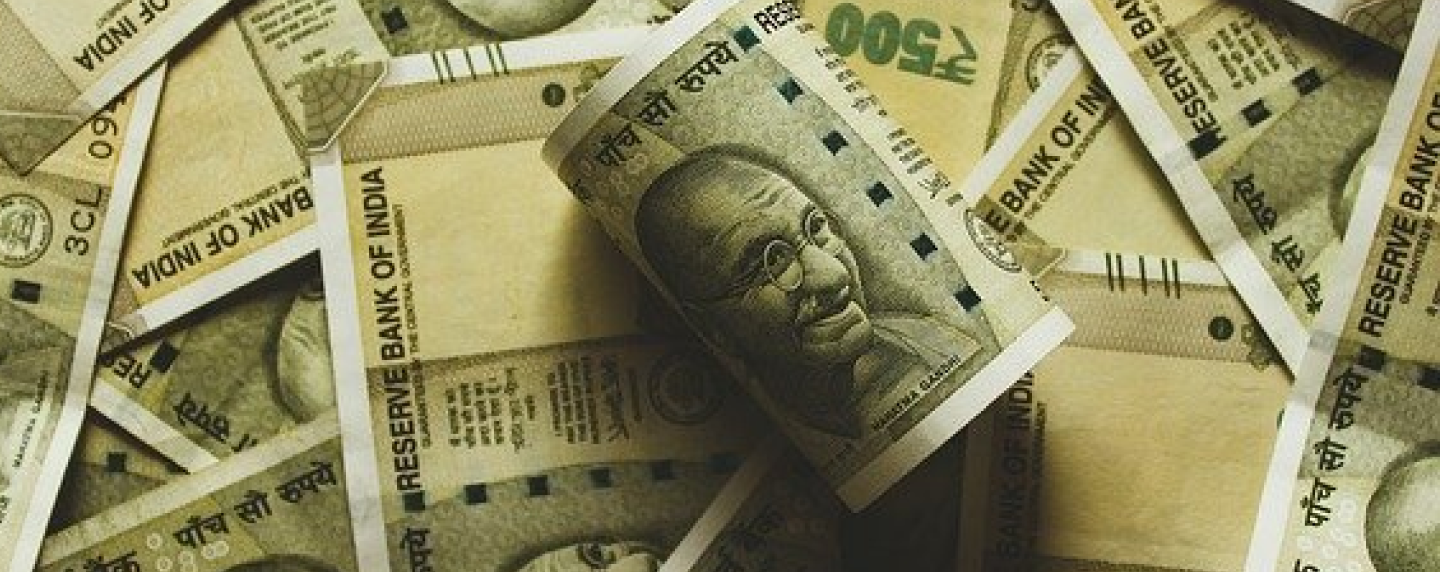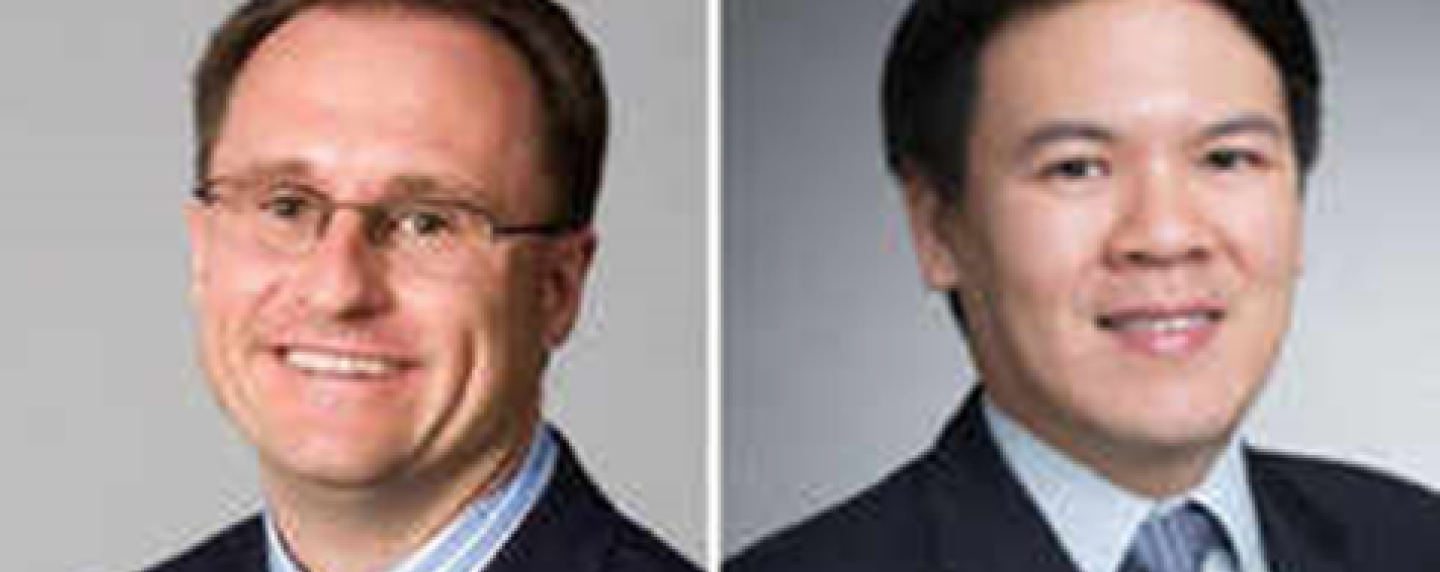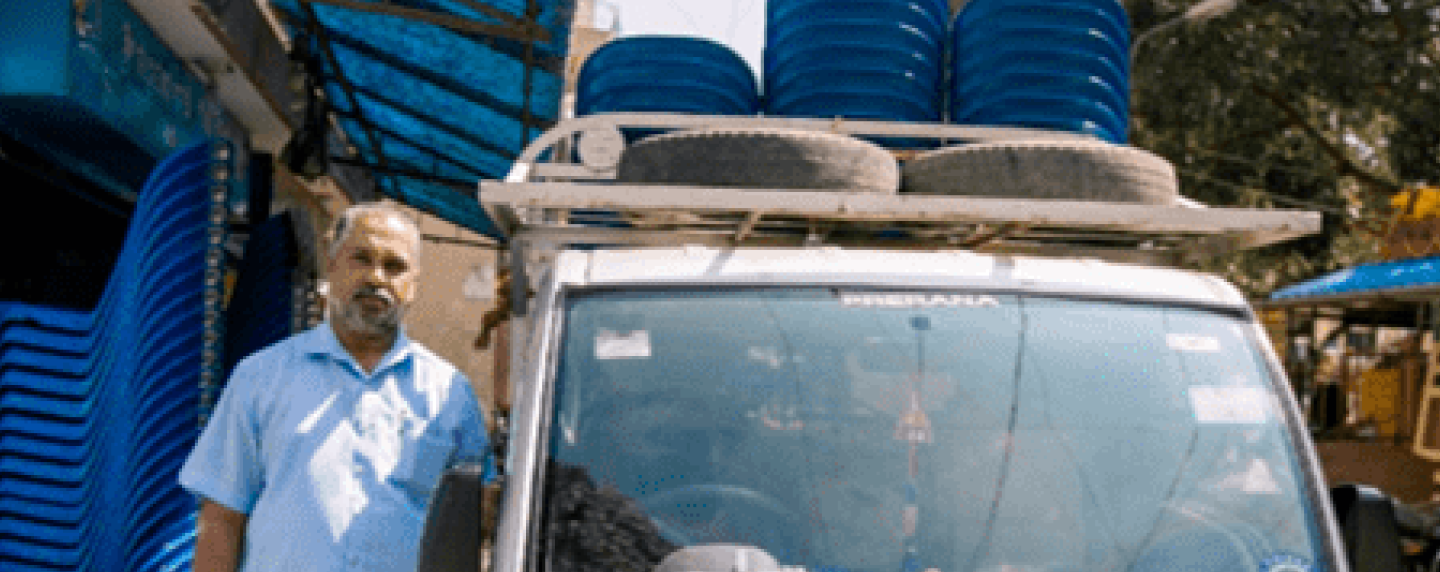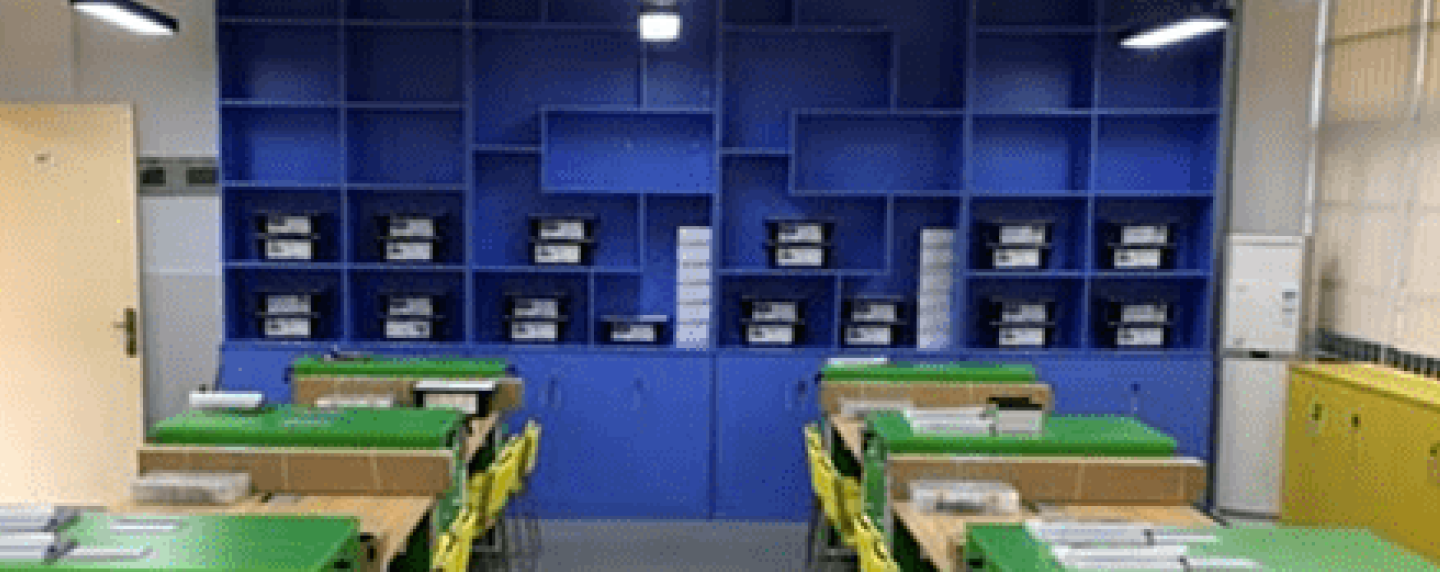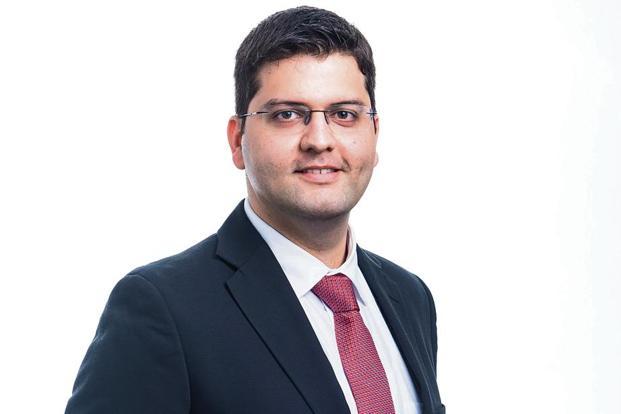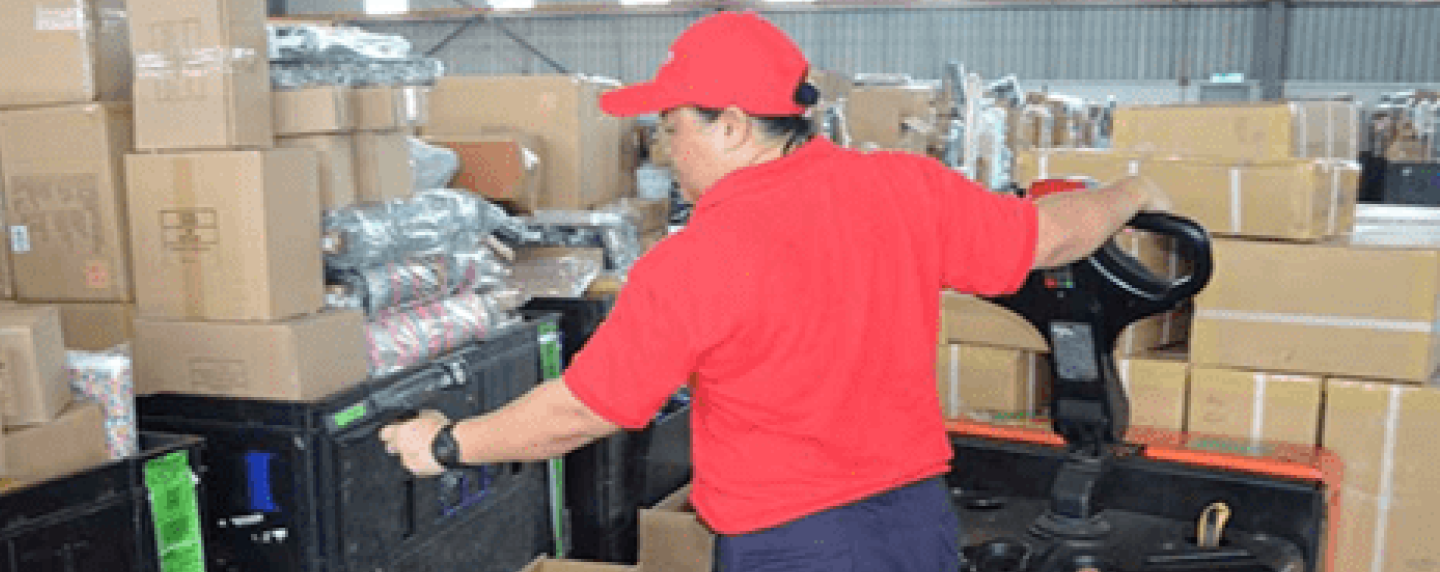Zephyr Peacock recognizes the importance of capital for innovative businesses serving low-income populations. One of Zephyr Peacock’s investment themes is affordable education and the fund has invested in Shiksha Finance, a provider of loans to affordable private schools and to students from low-income families for school education.
V.L Ramakrishnan, co-founder of Shiksha Finance and Pankaj Raina, Managing Director, Zephyr Peacock India write about the role of private capital in catalyzing affordable education.
Click here to read the full article on ‘Business World
Below is an excerpt from the post which first appeared on Business World on 22 March 2020:
India is a young country with a median age of 27 with a quarter of the country’s population of school-going age. Over the next ten years, more than 300 million children are expected to enter the school system. A majority of students in India are enrolled in government schools.
Some of the indicators of good quality education include healthy student to teacher ratio, availability of qualified teachers, adequate number of desks, access to playgrounds and good academic pass rates. Unfortunately, a large percentage of government schools in India do not fare well on these parameters.
Government spending on education, at 3.8 per cent of GDP, is significantly lower than in other large economies. Many government schools lack basic infrastructure such as desks, blackboards, libraries and playgrounds. A recent study across 13 states in India revealed that more than a third of the schools lack functioning toilets. Lack of serviceable toilets contribute to greater absenteeism and high drop-out rate of students, particularly girls. The K-12 segment in India witnesses close to 45 per cent drop out rate. Government schools also suffer from teacher absenteeism and poor quality of instruction. With the Centre and the State governments continuing to be constrained in budgets for improvements in education infrastructure, it is unlikely that the quality of government schools will improve in the near-term.
Over the last decade, affordable private schools (APS) have emerged as a superior alternative to government schools. APS charge monthly tuition fees in the range of Rs 550 to Rs 3,500. More than 110 million children are enrolled in private schools (2015-16, U-DISE). This number is expected to increase multi-fold over the next few years. India has approximately 700,000 APS and the number is expected to continue to grow. Unfortunately, these schools face their own set of challenges.






